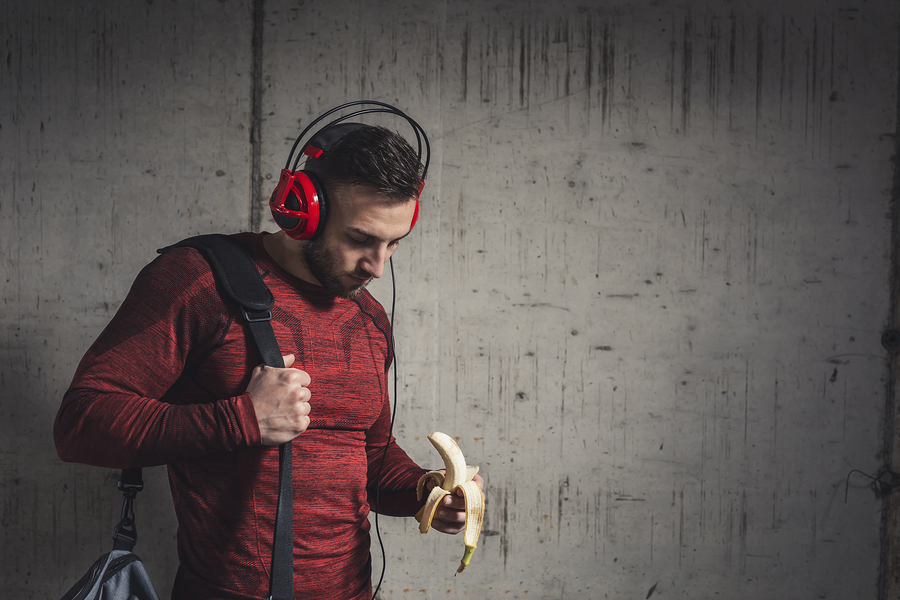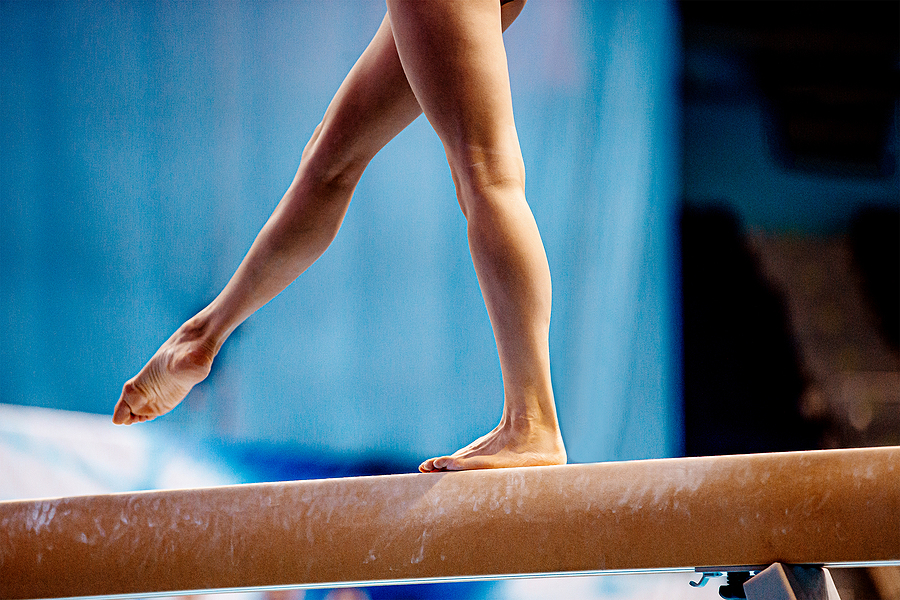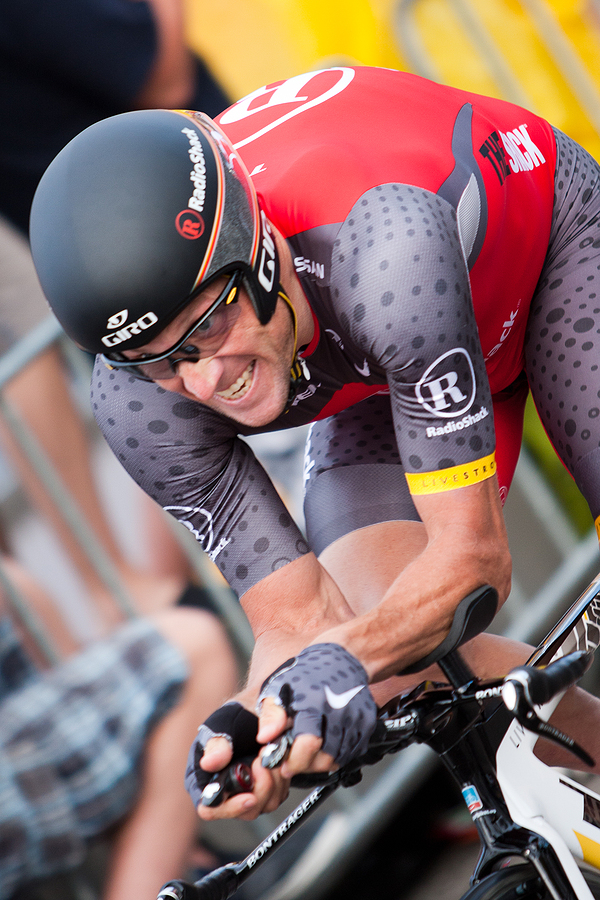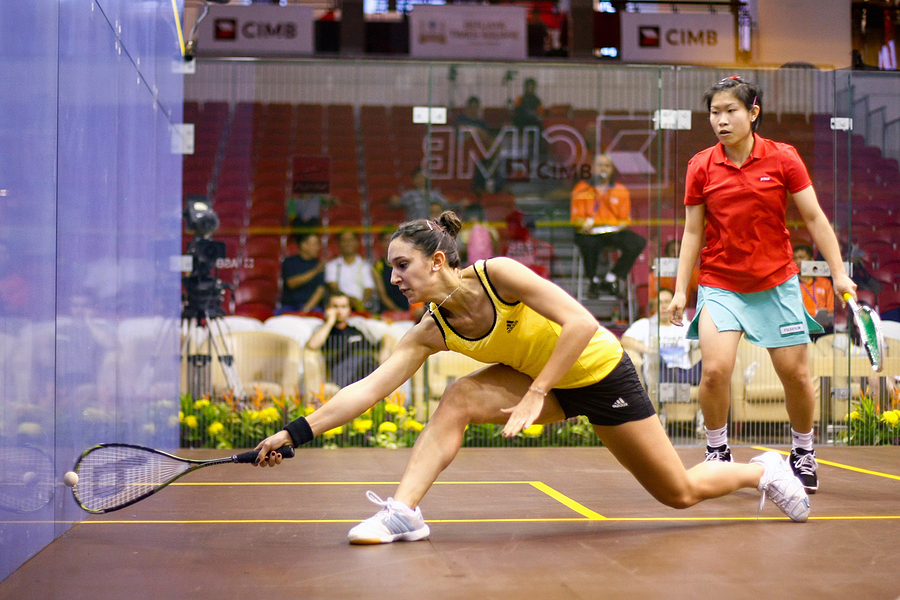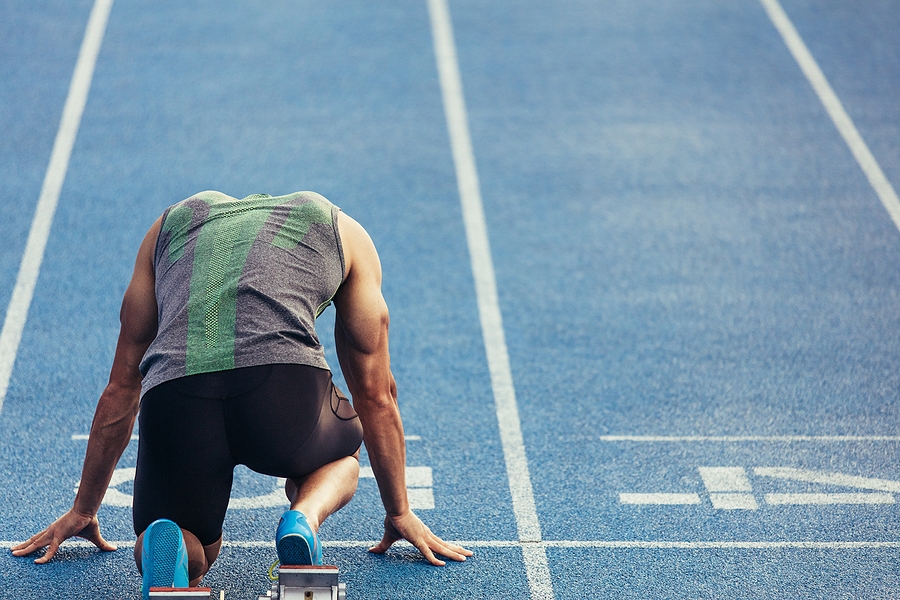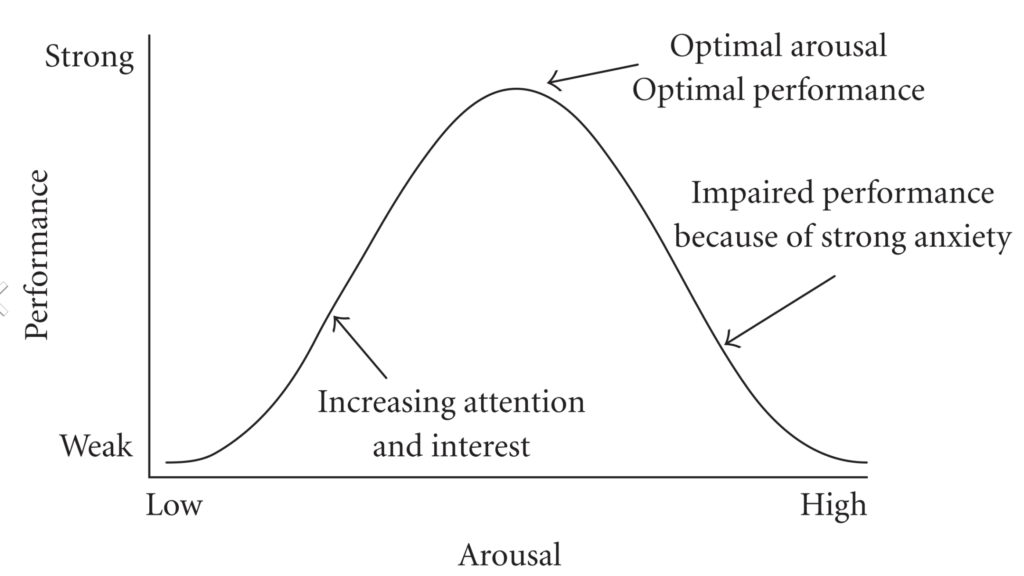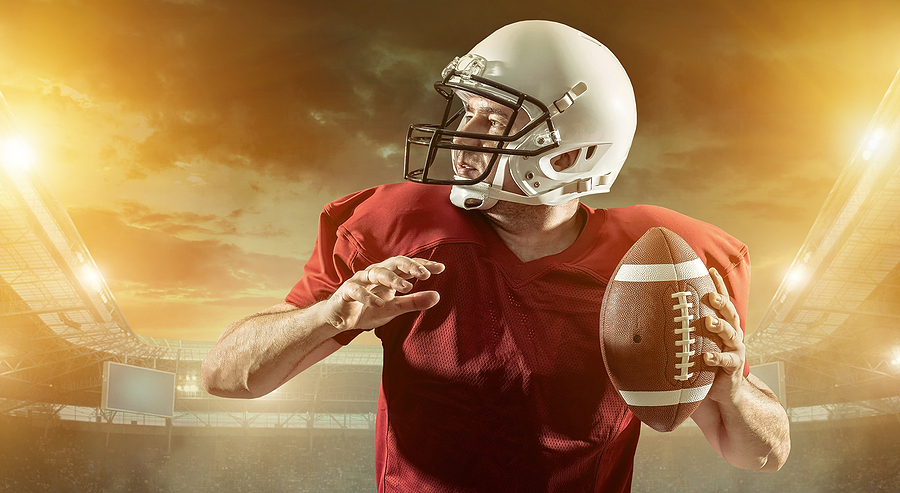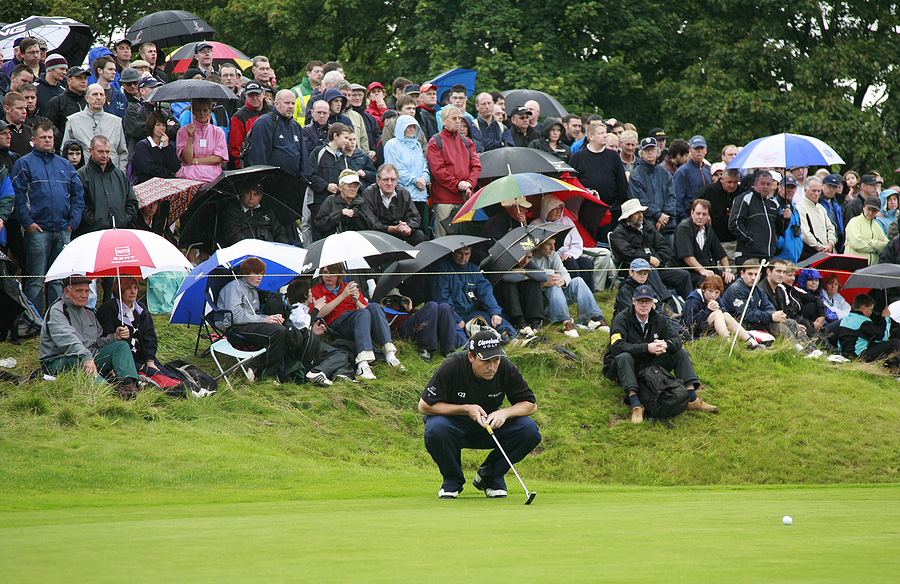
Mindfulness For Sport
For most competitors, the ideal outcome is excellence over a long period of time …longevity and consistency.
It’s worth starting this short article on Mindfulness For Sport by clarifying a few things. The word performance tends to refer to the bit that is required under pressure of competition. Of course, there is a performance element to practice, but I find it easier to separate preparation from performance.
Why?
Because the ideal mindset for each is very different, on the one hand, preparation wants to be all about constant improvement. Going into a gym session, for example, it would be useful to know what physical areas will be targeted for improvement during the next 60 minutes.
This is in stark contrast to the optimal mindset for competition day. Wanting to improve on our previous performance is very rarely something that we have a lot of influence on. So, the ideal mindset for ‘the big dance’ is actually just turning up. Turning up combines trusting the previous preparation with being as present and mentally flexible as possible.
It is absolutely possible to try too hard when you compete.
You can read this entire article on The Law Of Reserve Effect for more on this.
How Does Performance Mindfulness Fit Into This?
Performance Mindfulness is not the same as regular mindfulness. Regular mindfulness is typically done for mental health benefits alone. And, of course, we now know that there is a strong association between mental health and performance, so indirectly, there should be a performance boost by doing anything to improve your MH.
But for mindfulness to have the kind of impact on performance that we want it to, it requires a few additional ingredients.
You need to treat ‘becoming better at being mindful/present’ as you would any other improvement area. It requires practice sessions, regular practice sessions. Going to the gym now and then is a waste of time. So, trying to be mindful/present once in a blue moon will also not achieve much.
Furthermore, you really want a combination of Synthetic and Organic mindfulness practice. Synthetic, for example, is the use of one of the many Mindfulness Apps. An alternative to these is using the Really Simple Mindfulness recording I created earlier this year.
Listen Or Download Below
Using one or both of these three times a week for a year ticks a significant box. But we want a clear link between doing that work and what you are required to do on the weekend.
The best way is to make some of your practice mentally harder on purpose. Maybe it’s a case of just moving your skills session to the hottest part of the day to increase the likelihood that your thoughts and feelings will try to distract you. The secret ingredient of synthetic mindfulness training is that it should increase your ability to simply notice uncomfortable thoughts and feelings while sticking to the task at hand.
It’s also possible to come up with mentally harder training sessions that have nothing to do with your actual sport. As most of my clients will know all too well, we often work together to design small exposure exercises that occur as part of everyday life. For example, one of my clients will start a conversation with a random person every time he goes to the supermarket. This can’t be with one of the staff, as this is too comfortable!
Warning!
Most of the time, when we provide sport psychology tips via our blogs, it need not come with a warning. However, as per the above example, the concept of intentional exposure to uncomfortable situations is one of those rare scenarios where it would be far better for you to design this concept in collaboration with a regulated sport or performance psychologist.
If this is something you’d like to explore, then get in touch with our Admin Team via the Contact Form here, and one of the crew will get back to you within a few days to explain everything and anything about what we do at Condor Performance and how we can help you to take that next step (and the one after that and so on).
For further reading on this topic, please click here to open a 2019 article on the same topic.




